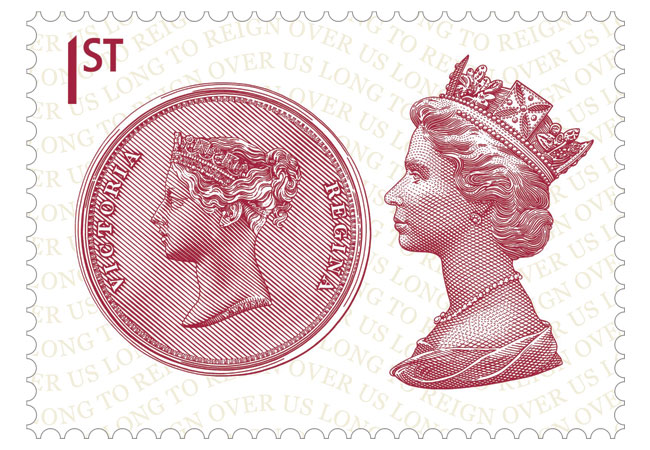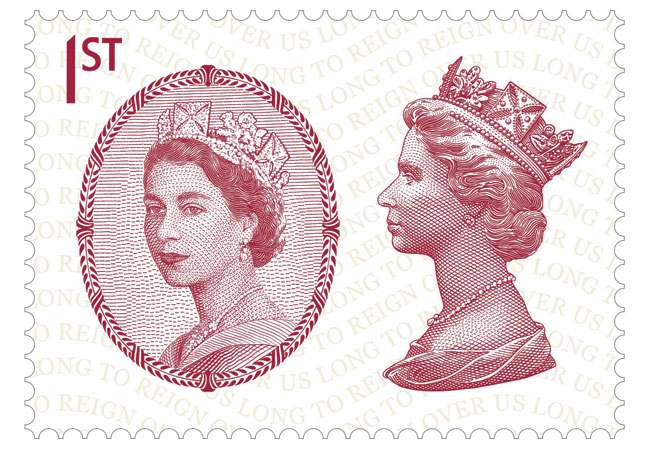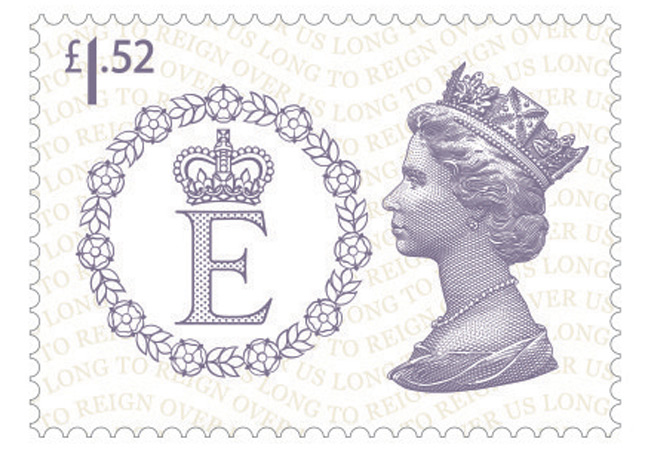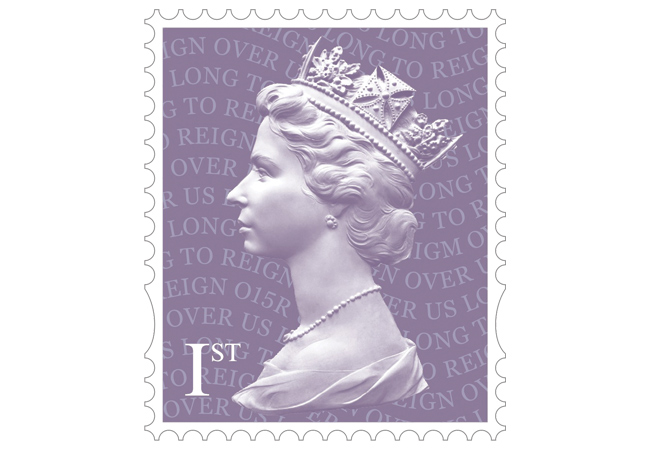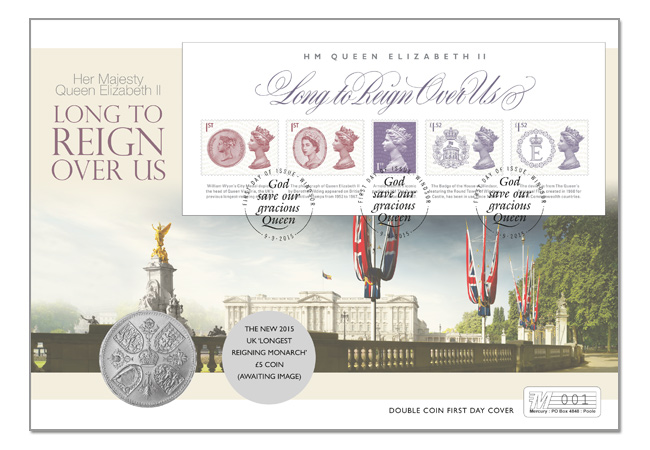Blog Home
Revealed: The UK’s Secret New Coins
If you believe that as a UK citizen you have access to (even priority over) all new UK coins, THINK AGAIN.
It seems that’s no longer the case.
We’ve recently uncovered two UK issues that appear to have never been released to British collectors.
The First World War coin for US Collectors only
The first is a special Platinum version of the Lord Kitchener £2 Coin. UK collectors were treated to base metal, silver and gold versions of the coin last year, but never a Platinum coin.
Yet, a couple of months ago, we heard information that US Collectors had access to a Platinum version – apparently released exclusively for a Royal Mint Distributor in the USA.
Why the best Battle of Waterloo Silver Coin has been kept for the Dutch
But that’s not the only example. If you buy a 3 coin silver set from the Dutch Mint, you can own a special version of Battle of Waterloo Silver Proof Coin – seemingly never listed nor offered by the Royal Mint.
What’s more, the “secret” coin, reserved for the European market, WEIGHS MORE, has PURER SILVER and has a LOWER EDITION LIMIT than the version for British collectors. In short, it is superior in all three elements that create value for the collector.
More secrets to uncover?
These are just two examples, but are there more collecting gems hidden in international markets still to be discovered?
Well I think the answer is probably “Yes”.
We have, for example, come across a Royal Proclamation published on 20 February detailing a 1½ ounce silver £2 coin featuring “three Lions passant guardant, being that quartering of Our Royal Arms know heraldically as England”.
Now that’s certainly not a coin we have seen in the UK.
The best is heading abroad.
Put simply, some of the UK’s most collectable coins are heading abroad.
These are coins that will always have an interesting story behind them. The sort of thing that coin catalogues notice and future collectors love.
In fact, imagine yourself watching the Antiques Roadshow in years to come…
“The Royal Mint regularly issued Silver Proof Coins but this Battle of Waterloo coin’s a bit different. It was never made available to UK collectors…”
If you’re interested…
The “Secret” Battle of Waterloo 1 Ounce Silver Proof

As soon as we heard rumours of the Battle of Waterloo 1 Ounce Silver Proof Coin, we made enquiries amongst the European coin trade to see whether we could secure some for UK collectors.
***NOW SOLD OUT***
First Look: The UK’s New Longest Reigning Monarch Stamps
Royal Mail has issued a set of five new stamps marking Her Majesty Queen Elizabeth II becoming our Longest Reigning Monarch.
Each stamp features a different regal design highlighting a key Royal motif, and there is a new 1st Class definitive for use on everyday letters too.
I’ve managed to get hold of some of the stamps fresh off the press so I can show them to you here on the blog…
1st Class
In a nod to the historical precedent for the occasion this stamp features William Wyon’s ‘City Medal’. Depicting the head of Queen Victoria – the UK’s previous longest reigning monarch – the medal was struck to commemorate her first visit to London. The image on the Penny Black was based on this portrait, which in turn was based on a sketch of Princess Victoria when she was 15 years old.
1st Class
Dorothy Wilding’s three-quarter profile photograph of Queen Elizabeth II was one of a series taken in April 1952 and appeared on British postage stamps from 1952 until 1967.
It is reprised here, an unprecedented pairing of the two most important images of the Queen in British postal history.
£1.52
The House of Windsor came into being in 1917, when ‘Windsor’ was adopted as the British Royal Family’s official name by a proclamation of King George V, replacing the historic name of Saxe-Coburg-Gotha. The Badge of the House of Windsor shown on this stamp – featuring the Round Tower of Windsor – has been in use since 1938.
£1.52
The second high-value stamp bears the Personal Flag of Queen Elizabeth II. This is a standard that can be used on any building, ship, car or aircraft in which the Queen is staying or travelling. It is often used to represent her role as Head of the Commonwealth.
1st Class Definitive
In 1966 the HM The Queen approved Arnold Machin’s design for an effigy of her to be used on what came to be known as the “Machin series” of British definitive postage stamps. This latest edition is printed in a new mauve colour and the text in iridescent ink repeats the phrase, ‘Long to Reign Over Us.’
There is also a new commemorative postmark featuring the opening lines from the national anthem – ‘God Save Our Gracious Queen’ – which complements the stamps superbly. Any commemoratives using this postmark are sure to be sought after in the future – it is a true one-of-a-kind.
Suffice to say, these five new stamps are an intelligent, subtle and dignified tribute to Her Majesty Queen Elizabeth II’s remarkable reign. As it is extremely unlikely her record will be broken in our lifetime, these could well become some of the most sought after QEII stamps ever issued.
You can own all five of these stamps now, postmarked with the first day of issue date 9/9/2015, and affixed to a commemorative Double Coin Cover. Featuring the new UK £5 Coin, you can read more about it by clicking here…
The talk of the 2015 World’s Fair of Money…
At this year’s American Numismatic Association World Money Fair in Chicago there is one coin everyone is talking about – the world’s first maple leaf-shaped coin.
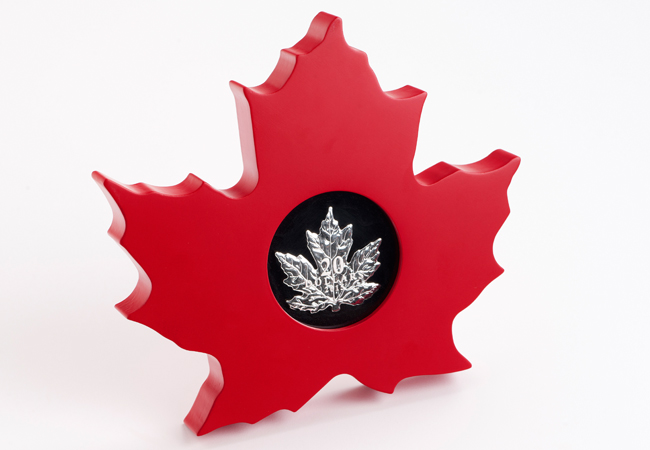
The Cut-Out Silver Maple Leaf coin is already 92% sold worldwide
Struck by The Royal Canadian Mint for Modern Numismatics International, this impressive Fine Silver $20 Coin is shaped like Canada’s iconic maple leaf and has such intricate engraving you can even see the veins in the leaf itself.
The Canadian Mint are known for their innovation and this is new release is no exception.
But it doesn’t stop there. They have even created a bespoke red maple leaf-shaped box complete with viewing window to add to the coins appeal.
Perhaps unsurprisingly this coin is set to be one of the fastest selling issues of 2015, with the Mint selling out of their allocation in 2 days.
The show ends on Saturday but this is certainly a coin that will be sought-after by collectors for many months to come.
The Westminster Collection has secured a limited stock of these stunning coins and you can add one to your collection today.
But you’ll have to be quick, it’s unlikely this opportunity will come up again.






